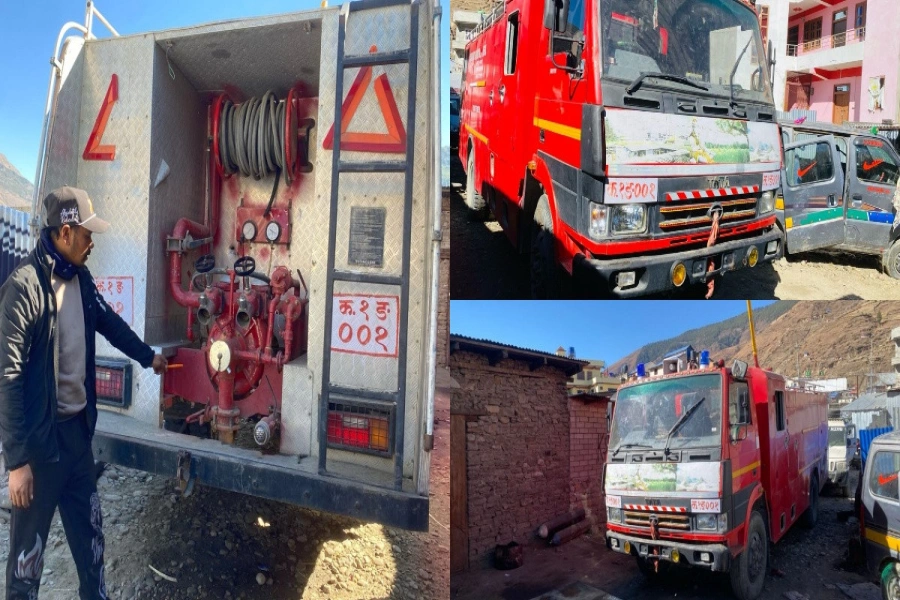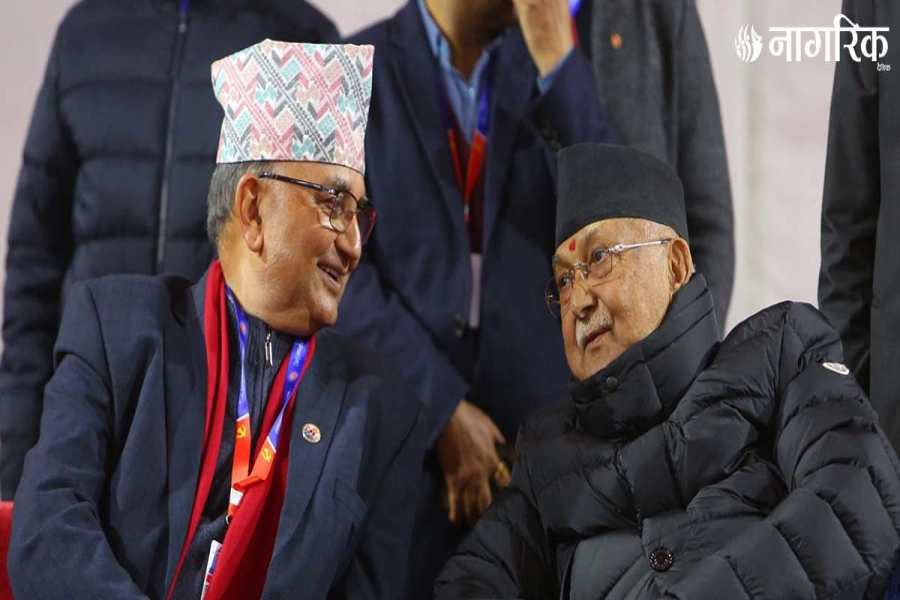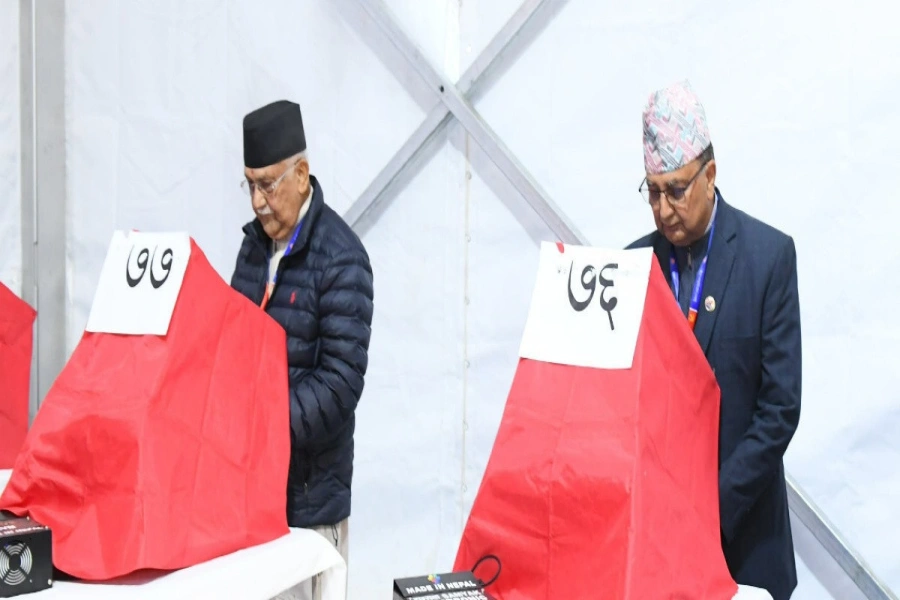BANEPA, July 24: Nepal is yet to become self-reliant in maize production as the country continues to import, mostly from India, with an increasing trend for the last 10 years.
The local production is far less than the demand. "To prepare poultry feed, 60 percent of the material has to be maize. The animal feed industry of Nepal cannot just be dependent on the maize produced locally," said Rabin Puri, chairman of Nepal Feed Industries Association.
According to the statistics of Trade and Export Promotion Center (TEPC), 2.92 billion metric tons of maize, worth Rs 71.2 billion, has been imported from India during July 2009 to June 2019. In the recent years, maize worth Rs 12 billion is being imported annually.
Nepal imported paddy, rice worth over Rs 33.6 billion in 11 mon...

Majority of the import is done from India. The other countries from where Nepal imports maize include: Argentina, Brazil, Bangladesh, Myanmar, UAE, America, and China.
Going by local production figures, Nepal produces maize at the rate of 2.39 metric tons per hectare of land. This figure is very low compared to other South Asian nations. According to a report from SAARC Agriculture Center which was published in 2017, Bangladesh produces 6.9 metric tons of maize per hectare, Pakistan 4.3 metric tons, Sri Lanka 3.4 metric tons, Bhutan 3 metric tons, India 2.5 metric tons. However, as the land area is much bigger in India, the total production is high.
According to the data of Agriculture and Cooperative Ministry, maize was cultivated in 954,158 hectares of land in Nepal in FY2017/18. The total production was 2,555,847 metric ton. According to this data, maize availability per person is not even 18 grams. That means even if maize is not used for animal feed, production is not enough to meet human demand of the country.
Currently, there are 101 animal feed industries in Nepal. Though the daily production capacity is 10,000 metric tons, only 3,000 metric tons is being produced every day. In this term, the animal feed industry needs 1800 metric tons of maize every day.
According to National Agricultural Census 2011, maize plantation has been reduced by 12 percent. The production has reduced with increased youth migration.
INCREASING MAIZE PRODUCTIVITY
"If we properly use the available technology, we can increase maize productivity by three times in one season," Prakash Paudel, chief of Maize Super Zone Sindhupalchowk, which comes under Prime Minister Agriculture Modernization Project. He added that maize should be produced commercially, treating it as an industry. "For this, the country's tarai area, which contributes from 35 to 38 percent in maize production, should not be forgotten," he added.


































